Cutting-edge technology
at the Heidelberg Ion Beam Therapy Center (HIT)
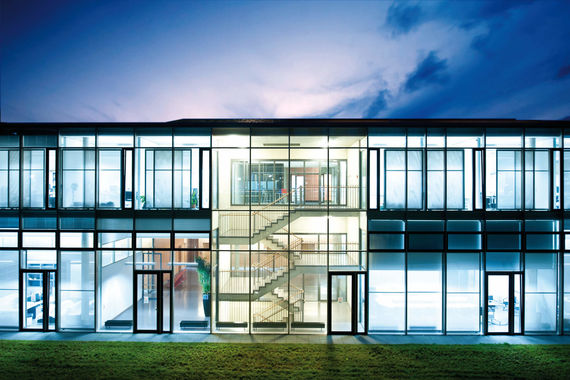
Heidelberg Ion Beam Therapy Center
Behind the glass facade of the HIT are offices and meeting rooms.
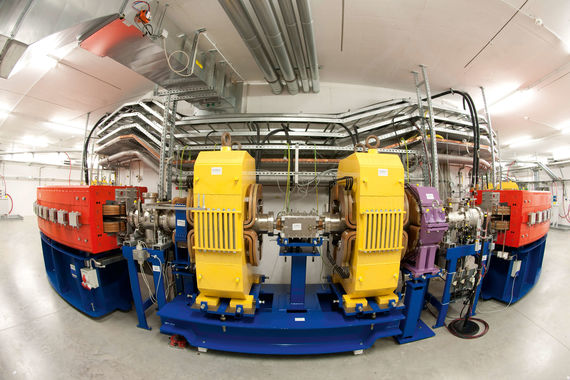
The synchroton
Increasing the velocity of the ions
The synchrotron in a strongly distorted image (fisheye lens). In the synchrotron's orbit, the velocity of the ions is increased up to 75 percent of the speed of light during approximately one million revolutions.
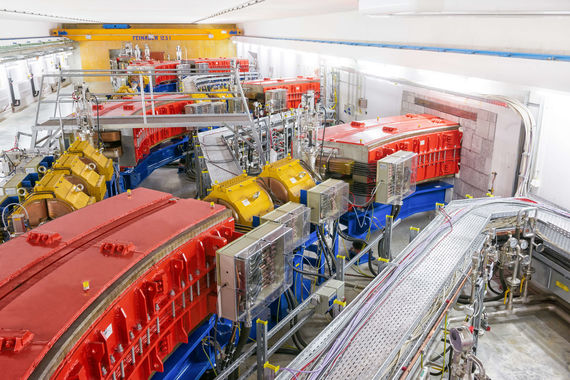
The synchroton
After the synchrotron, the beam guidance is divided in the direction of the three treatment stations. The HIT has two horizontal treatment stations and one gantry treatment station. In addition, there is an irradiation station specially designed for basic research.
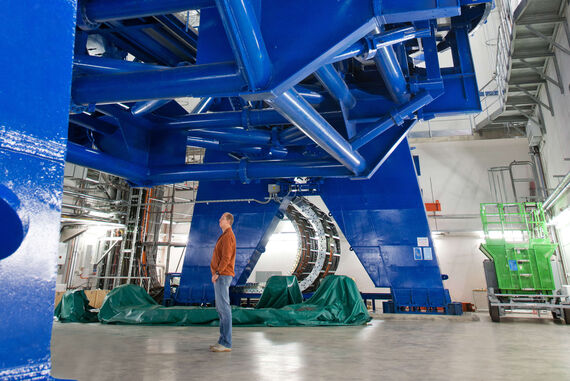
The Gantry
Rotating around the patient
The gantry - a huge beam guide system that rotates around its axis and can be used to irradiate the patient from all sides.
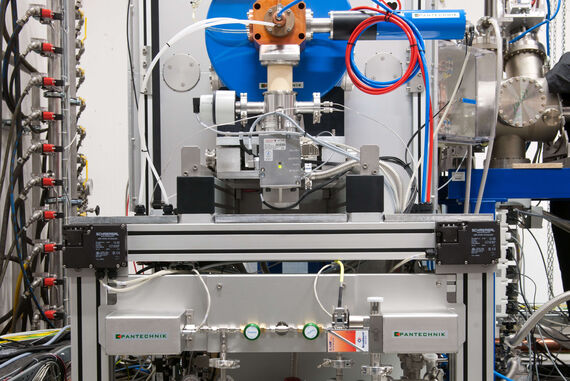
Irradiation with protons and heavy ions
One of three sources
One of three sources: This is where beams of positively charged atoms - ions - are generated. Protons and heavy ions are used in the HIT.
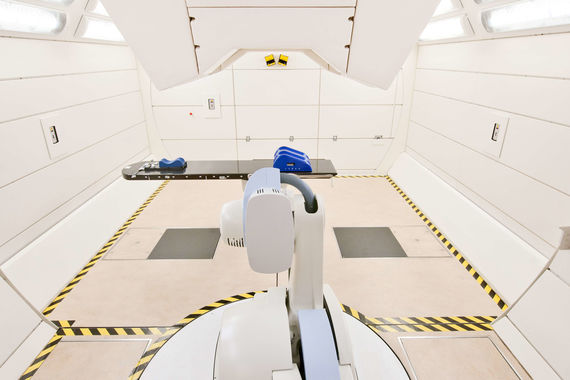
Irradiation area
Gantry
The irradiation area in the Gantry.
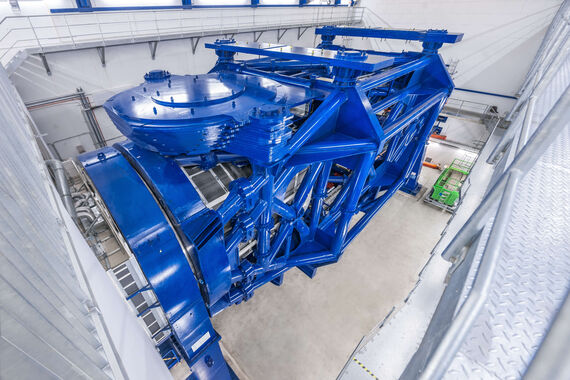
The Gantry
A 600 tons steel contruction
The "actual" gantry is located in front of the gantry irradiation station - a huge beam guide that can be rotated around its axis and with which the patient can be irradiated from all sides.
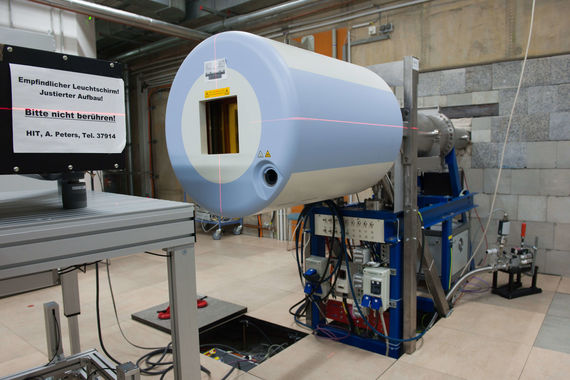
Irradiation Research
An irradiation area specially designed for basic research.
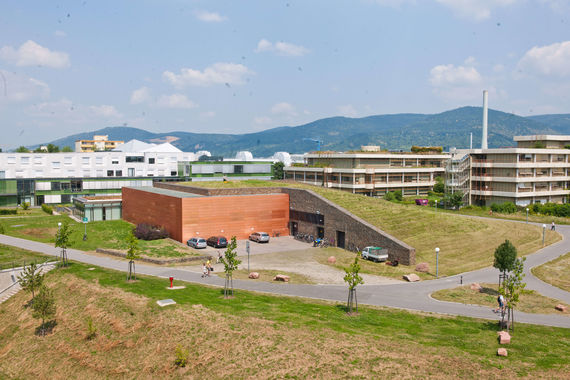
Irradiation facilities HIT
The irradiation facilities and accelerators are hidden under thick walls and covered by a seven-metre-high mound of earth.

